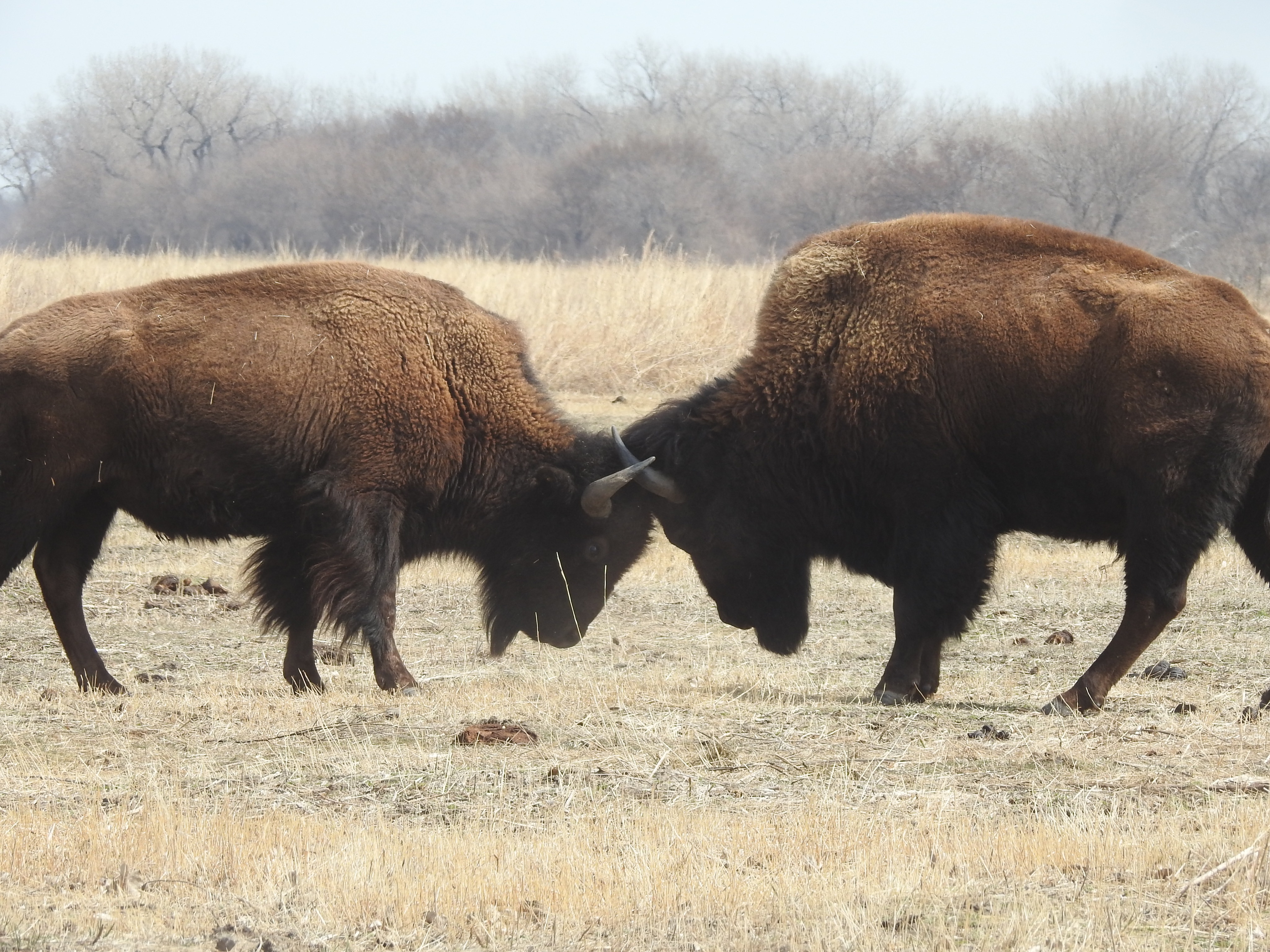Media Release
From: Macquarie UniversityIn their paper, Macquarie University’s Dr. Anikó Tóth and her collaborators at the University of Nebraska Lincoln, the Smithsonian’s Evolution of Terrestrial Ecosystems Program, and several other institutions show that humans have shaped the processes underlying how species co-exist for the last several thousand years.
The end of the Late Pleistocene in North America saw a human-mediated extinction of large mammals, including mammoths and sabre-toothed cats, all at approximately the same time. Recent work, driven by the crisis in biodiversity, has looked at understanding the ecological and evolutionary legacies of this event. There was ecological transformation across the continents – the mammoth steppe disappeared, vegetation and fire regimes changed, functional groups were lost, and global biogeochemistry and biophysical feedback systems shifted.
Tóth and her co-authors focussed on how large mammals were distributed across the continent in the Pleistocene and Holocene. To do this, they analysed how often pairs of species were found living in the same community or in different communities. To rule out community changes that were simply a result of reduced diversity or lost associations involving extinct species, they analysed only those pairs in which both species survived. Prior to the extinction, co-occurrence was more common. After, segregations were more common.
To add to that, the way in which species interacted changed. Surviving species increased their geographic ranges, with overlap among species ranges increasing. Despite that, pairs of species were found in the same communities less often. Crucially, they showed that the importance of interactions with other living things (biotic associations) decreased after the end-Pleistocene. In contrast, species’ responses to environmental factors contributed consistently to the formation of mammal communities over time, even though dramatic climatic changes were driving species dispersal.
“The loss of the giant carnivores and herbivores changed how small mammals such as deer, coyotes, and raccoons interacted. Our work suggests that these changes were triggered by the ecological upheaval of the extinctions,” says Tóth.
Megafauna may have mediated interactions among other species. “There is a prevailing opinion among scientists today that biotic interactions only operate on a local scale. We show that when megafauna were around, biotic interactions were structuring communities on a continental scale,” says Tóth. After the megafauna went extinct, the spatial outcome of biotic interactions changed.
The Earth is currently in a period of rapid climate change and many species are at risk of extinction. We need as much information as we can get about what this will mean for future ecosystems. Records of past extinctions can help us understand the consequences of current biodiversity loss. Our existing large animals are at high risk of extinction because of human activity, and if this happens, there could be severe ecological repercussions. Losing ecosystem engineers like megaherbivores could change entire landscapes. The evidence of the past may not only be our guide to how the present became the way it is, it may also be our most useful guide to what happens in the future.



